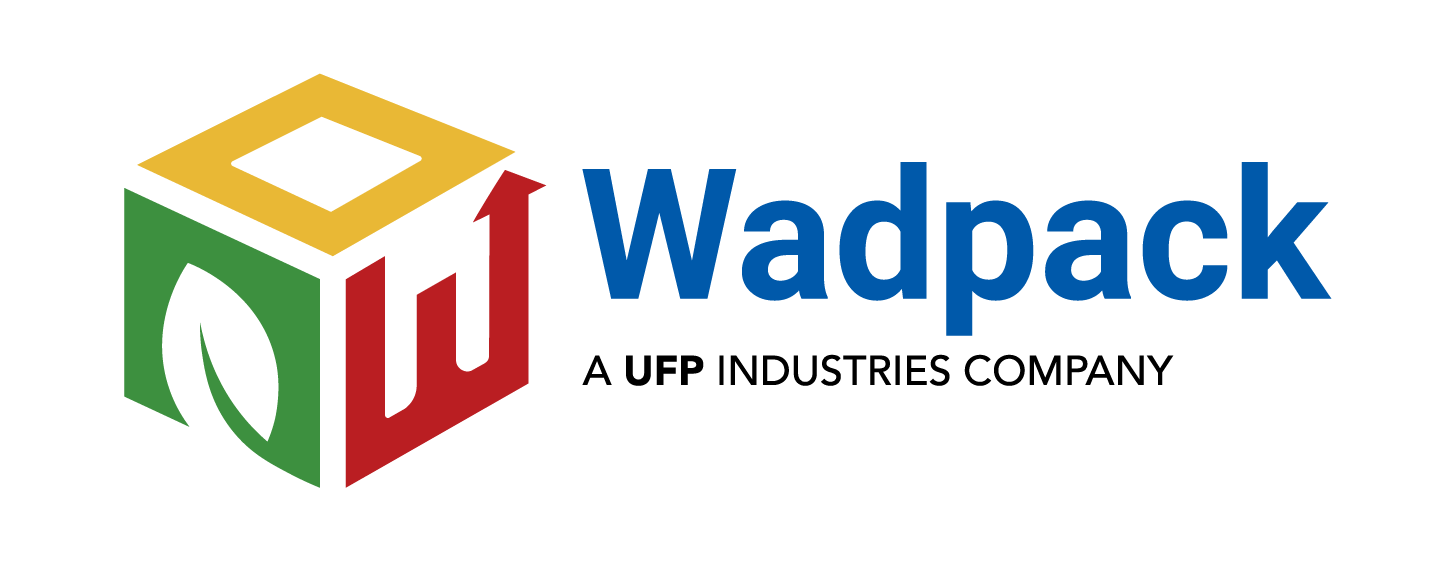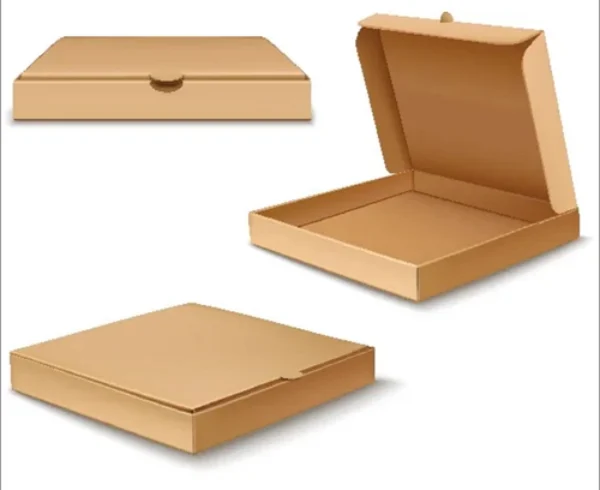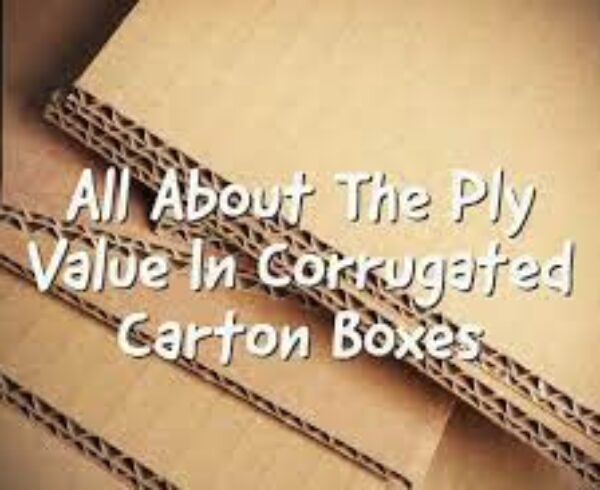How to Make a Budget-Friendly Premium Packaging?

Creating budget-friendly premium packaging requires a strategic approach that focuses on maximizing the perceived value of the packaging while minimizing costs. By implementing cost-saving techniques and making smart choices in design and materials, you can achieve an attractive and high-quality packaging solution without breaking the bank. Here are some relevant strategies to consider:
- Simplicity in Design: Opt for a clean and minimalist design that focuses on key elements of your branding. A simple and elegant design can have a premium look while keeping production costs low. Avoid intricate details or complex shapes that may require additional manufacturing processes and drive up costs.
- Material Selection: Choose cost-effective materials that still convey a premium feel. There are various options available, such as sturdy paperboard, corrugated cardboard, or rigid plastic, which offer durability and can be customized to achieve a high-quality finish. Consider using materials with recycled content, as they tend to be more affordable and align with sustainable practices.
- Finishes and Embellishments: Incorporate cost-effective finishes and embellishments that add perceived value to the packaging. Instead of expensive techniques like hot foil stamping or embossing, opt for affordable alternatives such as spot UV coatings, matte or gloss lamination, or digital printing enhancements. These techniques can create visual interest and a tactile experience while maintaining a budget-friendly approach.
- Standardized Sizes and Shapes: Designing packaging with standardized sizes and shapes can help optimize production and reduce costs. Standard dimensions are more readily available, allowing you to take advantage of existing manufacturing processes and materials. Additionally, standardized packaging can enhance operational efficiency in terms of storage, transportation, and shelf display.
- Efficient Use of Space: Optimize the use of space within the packaging to minimize material waste and reduce costs. Design the packaging in a way that accommodates the product snugly, minimizing the need for excessive cushioning or fillers. This not only reduces material costs but also ensures a compact and visually appealing presentation.
- Printing Techniques: Explore cost-effective printing techniques that still deliver a premium look. Digital printing, for instance, offers high-quality results at a lower cost compared to traditional offset printing for short to medium print runs. It allows for customization, vibrant colors, and intricate details, making it a viable option for budget-friendly premium packaging.
- Consider Sustainable Options: Embrace sustainable packaging solutions that not only align with environmental values but can also be cost-effective. Eco-friendly materials like recyclable paperboard or biodegradable plastics are becoming more accessible and competitively priced. By promoting sustainability, you can appeal to environmentally conscious consumers while maintaining a budget-friendly approach.
- Streamlined Packaging Structure: Optimize the packaging structure to reduce complexity and minimize production costs. Simplify the number of components, avoid intricate die cuts, and minimize assembly time. A streamlined packaging structure not only reduces material waste but also lowers labor costs during the manufacturing process.
- Collaboration with Suppliers: Establish strong relationships with packaging suppliers and manufacturers. Work closely with them to explore cost-saving options, leverage their expertise in material selection and production techniques, and negotiate favorable pricing. By fostering collaboration, you can tap into their knowledge and experience to find budget-friendly solutions that meet your premium packaging requirements.
- Batch Production: If feasible, consider batch production instead of producing packaging in smaller quantities. Batch production allows for better economies of scale, resulting in lower unit costs. By planning and producing packaging in larger volumes, you can take advantage of bulk discounts from suppliers and reduce production setup costs.
- Value-Added Features: Incorporate cost-effective value-added features that enhance the user experience and perception of premium quality. For example, including an informative and visually appealing insert card or incorporating a resealable feature can add value without significant additional costs. These features contribute to the overall perceived value of the packaging without inflating the budget.
- Test Prototypes: Before proceeding with full-scale production, create prototypes and test them for functionality, durability, and visual appeal. This step allows you to identify and address any design or manufacturing issues early on, minimizing the risk of costly revisions or wasted materials.
By implementing these strategies, you can strike a balance between a budget-friendly approach and creating premium packaging that meets the expectations of your target audience. Remember to continually evaluate and optimize your packaging process to identify additional cost-saving opportunities while maintaining the desired quality and aesthetics.




Leave a Comment